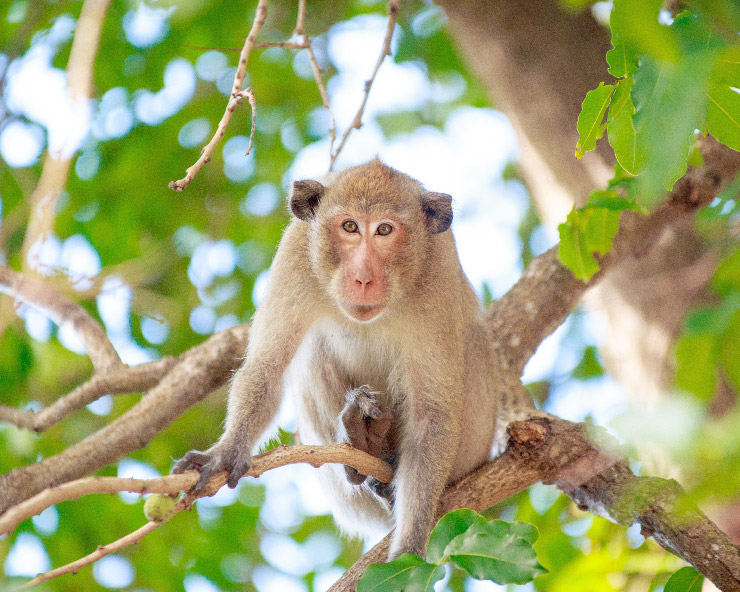A disease you may have heard about in the news recently is Monkeypox. Monkeypox is rare and relatively unknown in the U.S. If you work with non-human primates, you may be more familiar with this disease. There are currently 460 reported cases of Monkeypox in the U.S. as of July 1, 2022. Health officials are working to prevent further spread. There is no serious risk of an epidemic. While Monkeypox poses very little risk to you or your herd, it is still important to be aware of how you can protect your and your herd’s health.
What is Monkeypox?
Monkeypox is a zoonotic disease that can be spread between animals and humans. Monkeypox is caused by a virus and is usually found in non-human primates and rodents. The disease has been reported mainly in central and western African countries. It has also been reported in other countries, such as Canada, Europe, and the U.S.
Is Monkeypox a danger to my herd or me?
Currently, Monkeypox has only been found in primates and rodents. In African countries, African rodents and non-human primates carry the virus. When infected, primates have a rash, while rodents have a rash, fever, cough, runny nose, and loss of appetite. Under research conditions, livestock have not contracted the virus. There is no current evidence that your herd could be at risk. But that doesn’t mean you shouldn’t protect your herd from other potential wildlife diseases. You can protect your herd by avoiding contact with wildlife, having good fencing and secure feed storage, and pest and bird control.
How is Monkeypox spread in humans?
The spread of Monkeypox is associated with international travel and imported animals. Monkeypox can also spread to humans through contact with sick or dead animals, including meat or blood. It is very important to protect yourself when working with animals who may be infected. In humans, there are multiple ways Monkeypox can be spread:
- Close physical contact with infected people
- Contact with the rash, bodily fluid, and scabs are particularly infectious
- Fomites, such as towels or clothing, that are in contact with infected people
- Saliva – because lesions and scabs can be in the mouth
- From mother to child through childbirth or the placenta
The disease usually lasts between 2-4 weeks. Symptoms start with fever, chills, exhaustion, headache, and body aches. After 1-3 days, a rash develops. Lesions often start on the face and travel through multiple stages before the lesions begin falling off. In rare cases, people can die from Monkeypox. Avoiding contact with non-human primates and exotic small mammal pets such as squirrels, Gambian pouched rats, prairie dogs, and dormice makes sense
Contact your physician if you believe you may have been exposed to Monkeypox or have symptoms.

